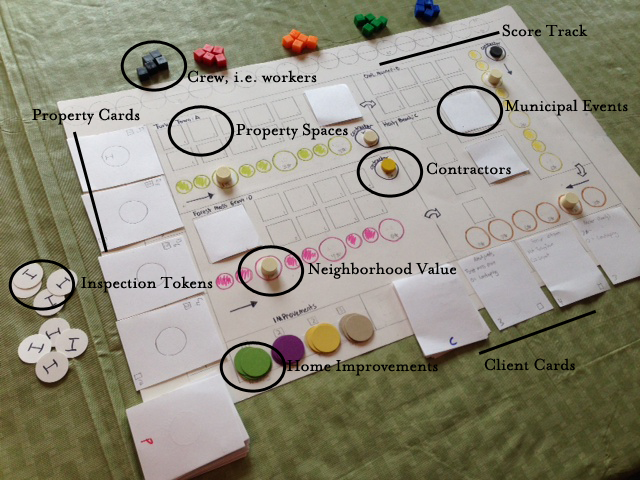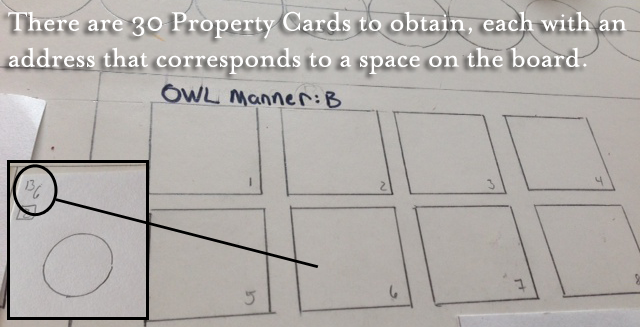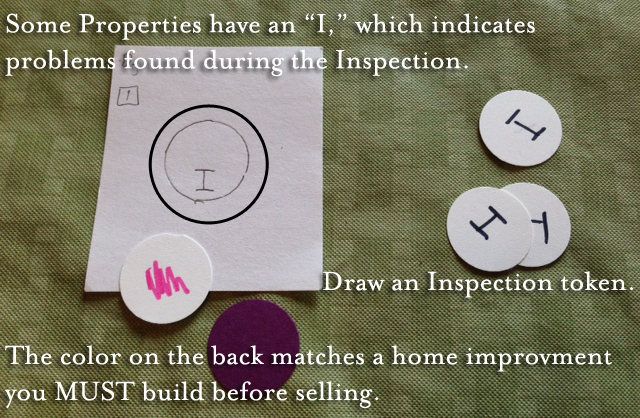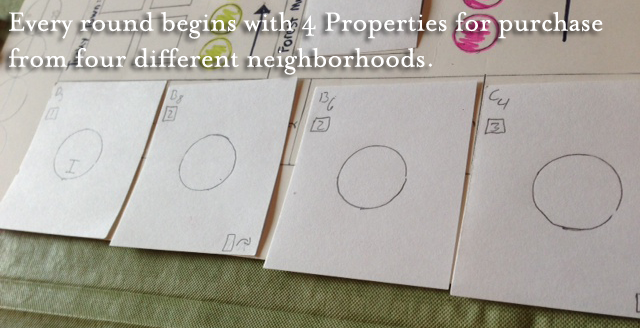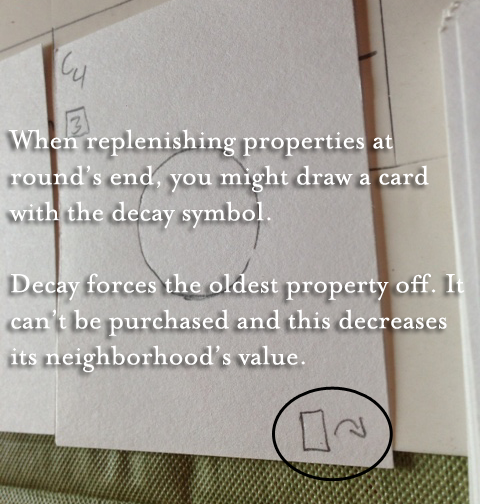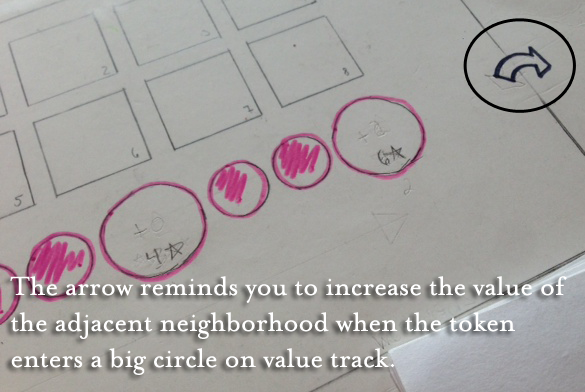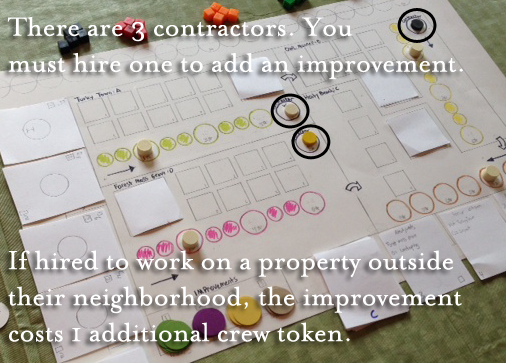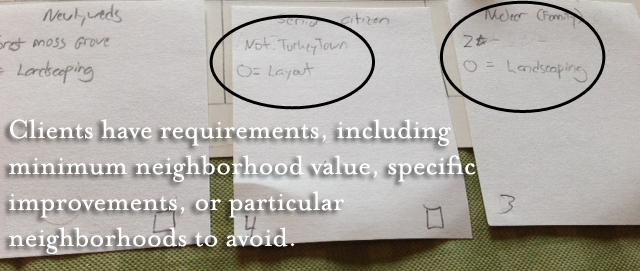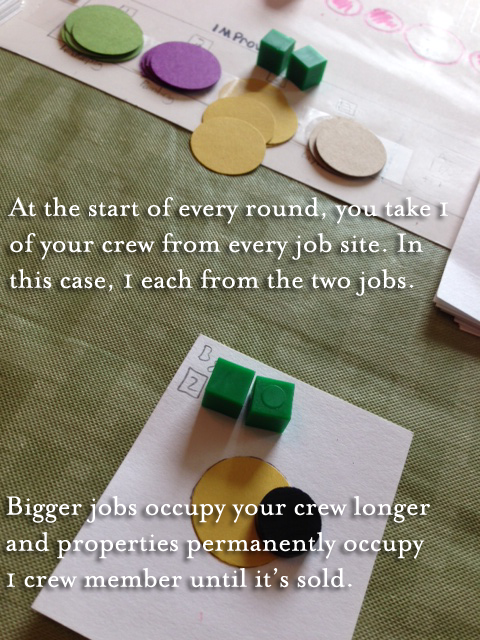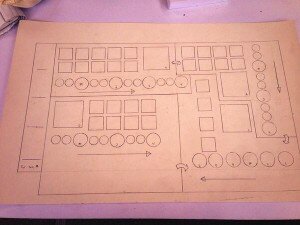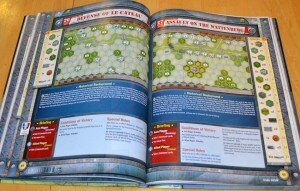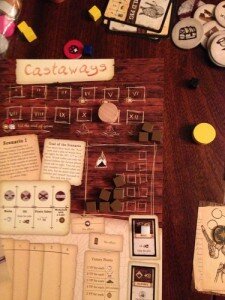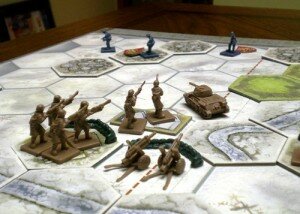Review by: Grant Rodiek
You can read my review policy here.
I’ve been reading a great deal of fiction lately, much of it quite excellent. The books I read typically have a huge influence on my designs. This past weekend I finished The Martian General’s Daughter by Theodore Judson and it left me rather disappointed. So much so, that I thought I’d review it.
Based a few hundred years into the future of our world, most of the world is under the control of the Pan-Polarian Empire. The Imperial capital is Garden City, which seems to be modern day Mexico City.The fringes of the empire near China and India are constantly rebelling, which keeps the army busy. Meanwhile, Garden City is largely a corrupt high society of yes-men and political and economic profiteers.
There are three very important things about the world you must know:
- The emperor dies very early and his sociopath son, the Concerned One, becomes the ruler of Pan-Polaria.
- There is a metal plague that is never explained (and doesn’t need to be). This plague destroys metal and is essentially disintegrating modern technology, such as planes and computers. Yet it seems to leave guns, swords, and coins alone… Basically, it’s a device to drive the decay of the physical world (alongside the moral world).
- The entire world, society, and characters parallel the decline of Ancient Rome.
The story is narrated by Justa Black, the bastard daughter of General Peter Black. He commands an army on the frontier. Justa’s narration bounces between two settings: General Black with his soldiers on the frontier and General Black recalled to Garden City by the emperor. The characters are very briefly on Mars, for no apparent reason other than (I think?) the title of the book. They could have replaced Mars with Wyoming and it wouldn’t have altered the story.
When the General is with his army, you basically learn that he is a tough, but fair soldier of the old guard. He is very black and white and very much the sergeant he used to be.
When the General is in Garden City, the author paints, then re-paints, then paints once again just how much of a sociopath the new Emperor is and how low society has fallen. The Emperor, who demands he be called the Concerned One, fills his days with acts of sexual deviance, by slaughtering exotic animals and gladiators in an arena, and by murdering anyone he deems a political rival.
General Black’s role is that he’s a simpleton obsessed with doing his duty, even for the wrong cause. The Emperor repeatedly summons him to help with a small task, which Black carries out successfully, then returns to the frontier.
Repeat.
The Martian General’s Daughter just failed to deliver in so many ways. None of the characters show any development, breadth, or shades of gray. The Concerned One (the Emperor) is a pure sociopath who is clearly insane and deviant. He has no redeeming qualities. Every time the emperor enters a scene it is to:
- Slaughter creatures in a coliseum
- Be sexually deviant
- Talk like a narcissistic and insane person
On this last point, at one point the emperor becomes obsessed with the story of Huck Finn. The tie-in was so bizarre and disconnected that it really hindered the story.
Justa is barely a character, so I’m not sure why she’s needed as a narrator. She doesn’t modify or influence the story in any way, which to me really felt like a missed opportunity. Many of my favorite stories really leverage the personality of the storyteller, so using a human that is essentially a mouthpiece just falls flat. General Black is the old soldier doing his duty. The schemers are schemers and generally people are good or just there or just awful.
Furthermore, nothing really happens in the book. Well, let me re-phrase that. Nothing new happens in the book. The author is clearly fascinated by the decline of Ancient Rome, which I admit is a premise worthy of exploration. But, when the emperors all have Roman names, with the coliseum, and the orgies, and the rebelling entities on the frontier, and so forth, the author is just rehashing well-worn ground. I know what happened in Rome, which meant I knew what would happen in this book. Nothing new was revealed to me.
The metal plague is an interesting, though inconsistently applied device, that I would have liked to have seen more of. It’s a very creative, very science-fiction notion that was basically used to repeatedly say “hey, the world is falling apart!” I’d happily read a book about a colony on Mars, stricken with a plague that is destroying the equipment that keeps them alive. That would be an amazing story that would also match the title.
Frankly, I found the parallels to ancient Rome so heavy handed that I couldn’t really enjoy the historical influence. If you know me, you know how hard that was for me to write. At some point in the book I expected a character to say aloud, “you would have thought we’d have learned from ancient Rome, yet here we are, repeating the mistakes 2500 years later in an identical fashion.” Rome should have influenced the story, not be the story.
Finally, alternating chapters of the book bounce tween the “present” of the story and past events. I’m not exactly sure why the author does this, as there are no interesting twists applied to take advantage of the dual time-perspective and frankly, any surprises he could have wielded are precluded by the fact you know the General lives and succeeds.
Here’s an example: There’s a meeting between the General and our deranged emperor. The author seems to want you to worry about whether the emperor will murder the General, much like his two other victims mere pages before. The problem is, as the meeting is in the past, I know the general will get by just fine. All tension is removed.
In Conclusion: If you’re not clear about my opinion of the book, let me rectify that here. Pass on The Martian General’s Daughter. The story isn’t exciting, the characters lack depth, and the historical influence is stifling.
This was my first book review. Thoughts?

